Co-founder of one of the oldest textile and garment sourcing companies in Bangladesh, Durjoy Rahman has been collecting art for over two decades. With over 1000 artworks, his collection mainly includes the artworks of contemporary Bangladeshi master painters, Indian great masters, Western contemporary artists, and a number of promising Bangladeshi painters. His contemporary art and antiques collection can be seen all over his 6500-sqft apartment in an upscale neighborhood of Dhaka. In 2018, he founded Durjoy Bangladesh Foundation, based in both Berlin and Dhaka, to promote art and artist from South Asia and beyond.
LARRY’S LIST spoke with Durjoy Rahman who discussed the Andy Warhol artwork he fell in love with, the Western modern masters he collects besides South Asian art, from Lucian Freud to David Hockney, his latest purchase by Ghanian artist Serge Attukwei Clottey, why he set up the Foundation in both Berlin and Dhaka, as well as his advice to fresh collectors who are interested in South Asian artists.
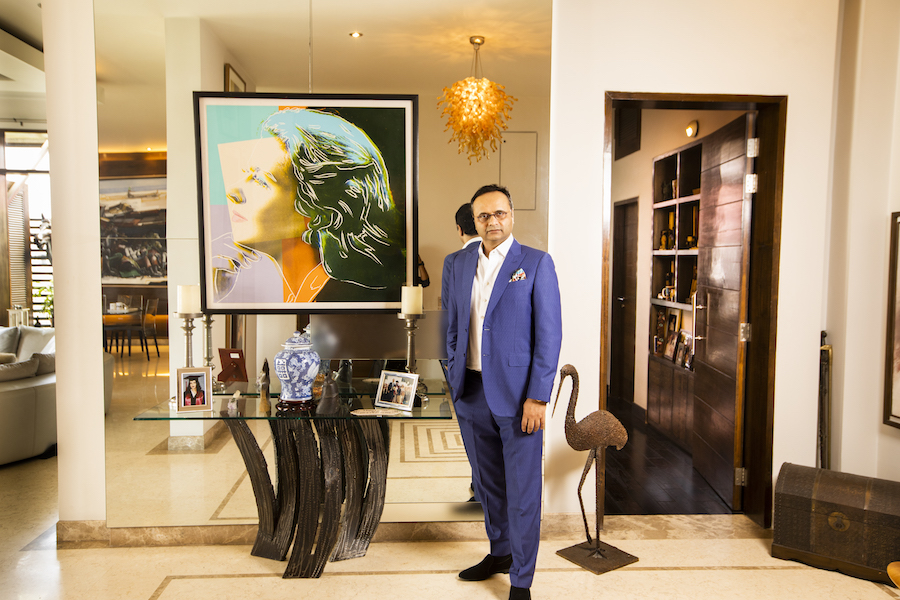
Collecting
What made you want to start collecting art? What is the main motivation behind your collecting?
Any collection is a journey. Art connects people, and I have been always interested in creative ideas. All art collections reflect the
individual’s personalities and personal histories, and mine reflects my interest in not only art but antiques, graphic design, and fashion as well.
When did you fall in love with a piece of art? What was it?
It was a silkscreen work titled “Liz” by Andy Warhol executed in 1964, which represented how a simple photograph could be transformed by printmaking to become one of the most iconic artworks of the 20th century. I’ve been collecting since the 1990s, and the passion has only grown since then.
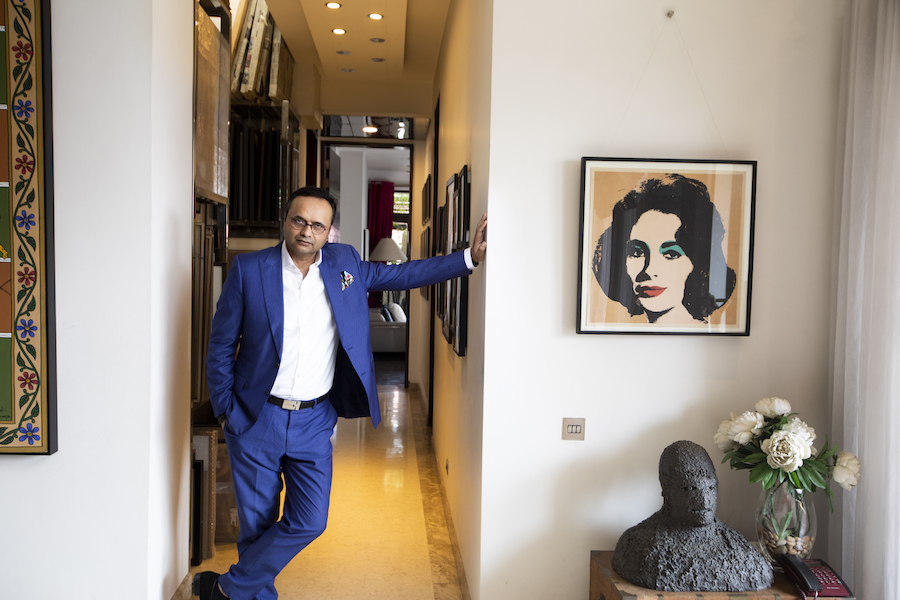
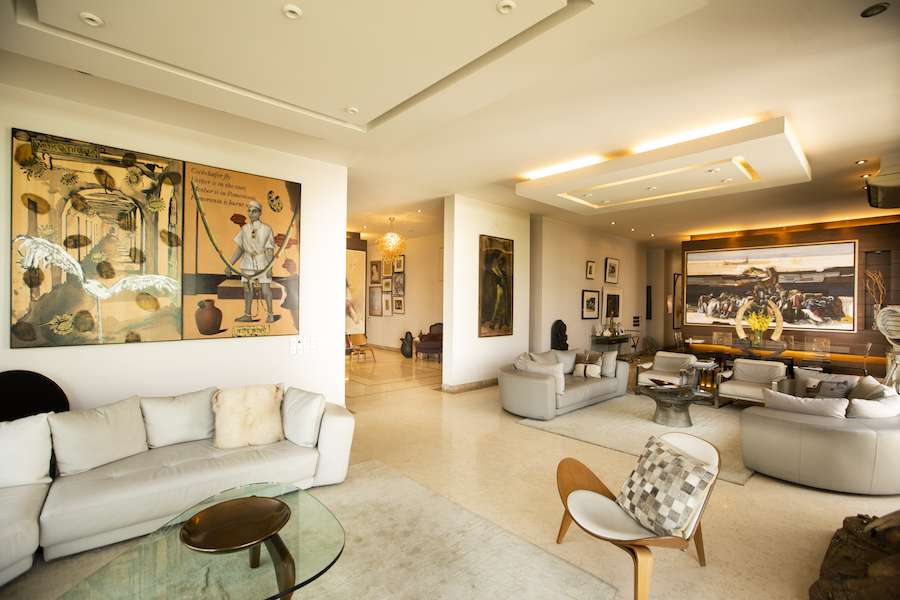
What is your focus regarding the artists in your collection? Why are you interested in Bangladeshi and Indian masters as well as emerging Bangladeshi artists?
I have no preconceived focus on collecting, so I generally collect what I like. This has resulted in a collection that spans artwork from around the world. However, my collection is also deeply rooted in South Asia and the wider Asia region. For example, I have one of the largest collections of Rafiqun Nabi (also known as Ranabi), Rashid Choudhury, Murtaja Baseer, and Safiuddin Ahmed. Having lived for some time in North America, I have also collected a few works from Western modern masters, from Lucian Freud to David Hockney and Charles Pachter.
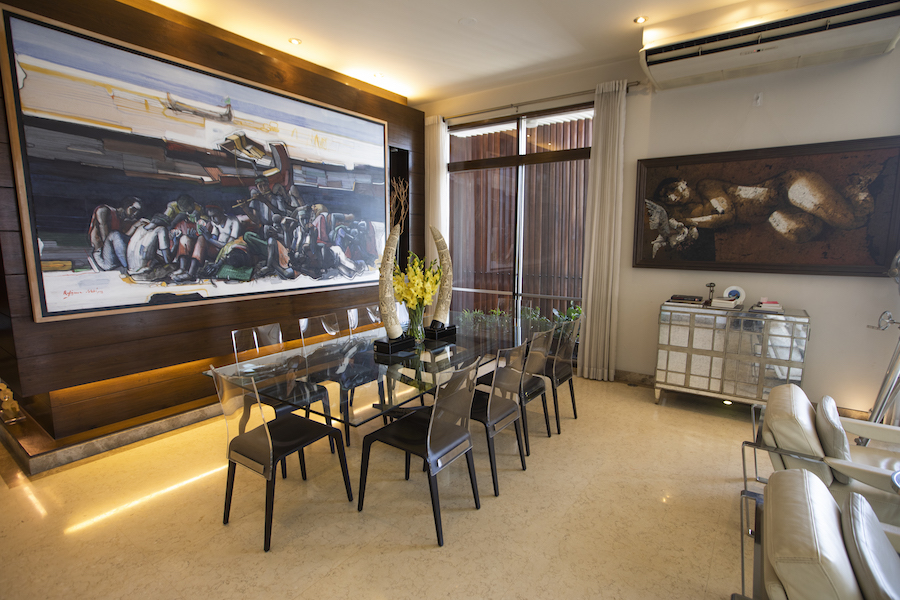
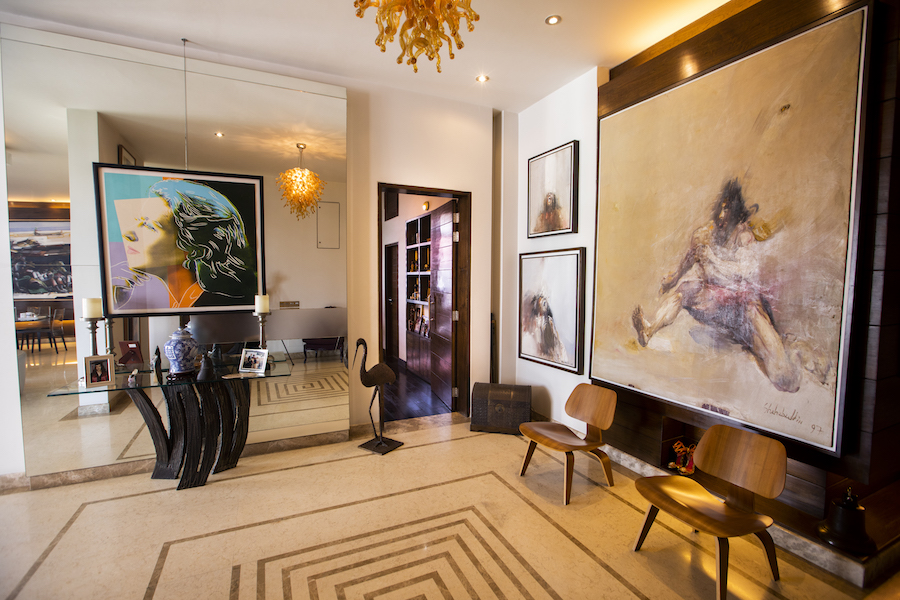
Is there any particular type of art that has consistently attracted you, or anything that unites all the works you have acquired?
I have been particularly interested in semi-figurative work in mixed media or in prints. I have a silkscreen print of “Liz” by Andy Warhol, which is one of my favourite and of the most important works in my collection. I enjoy learning about an artist’s practice and development, which also informs my consideration.
What were the first and the latest artworks you purchased?
My first work was done in woodcut by Rafiqun Nabi, a master artist from Bangladesh, and my recent acquisition are tapestries from plastic pieces cut out from cooking oil cans by the Ghanian artist Serge Attukwei Clottey.
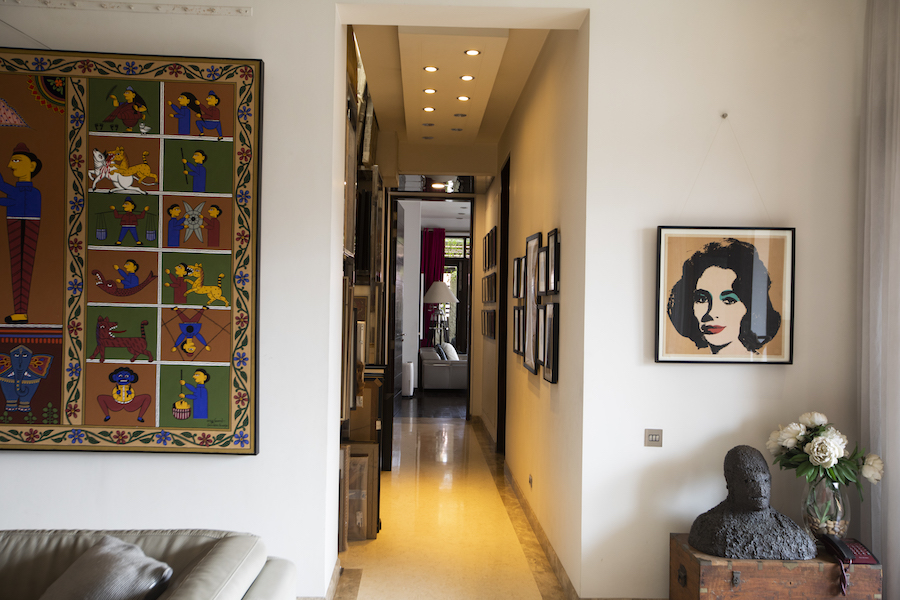
How many artworks do you own? Where do you display your collection?
I have just over 1000 artworks catalogued and documented in my collection, which are displayed in my residence in Dhaka, as well as my office that is designed as a gallery.
Have you ever presented your art collection publicly?
Yes, I am pleased that many of my works are on loan and on view in public institutions and galleries around the world. In 2019, the Kunstmuseum of Wofsburg, Germany and Museum Arnhem, Netherland presented works from my collection. I am always keen to exhibit my collection publicly since it shows the strength of the individual collection and also highlights the artist work and practices to others.
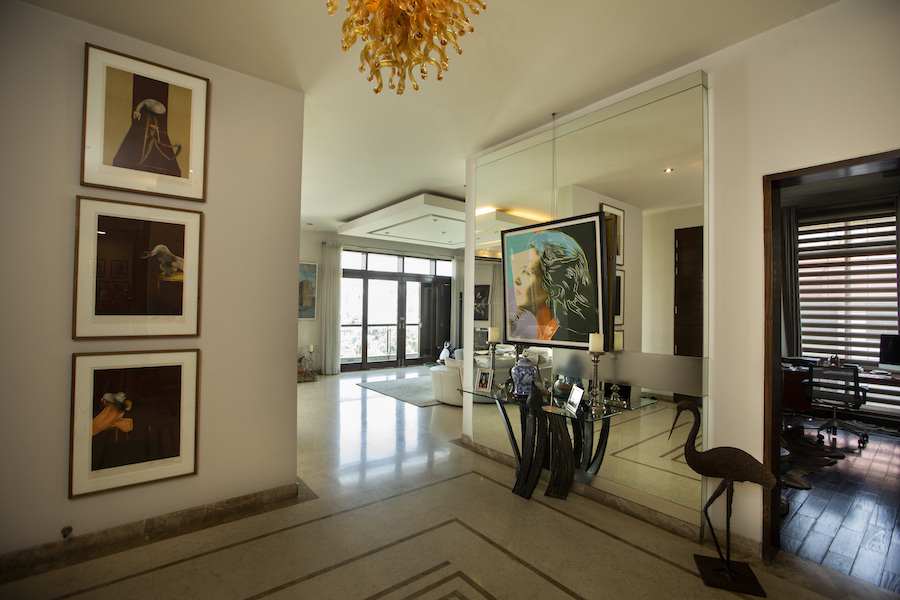
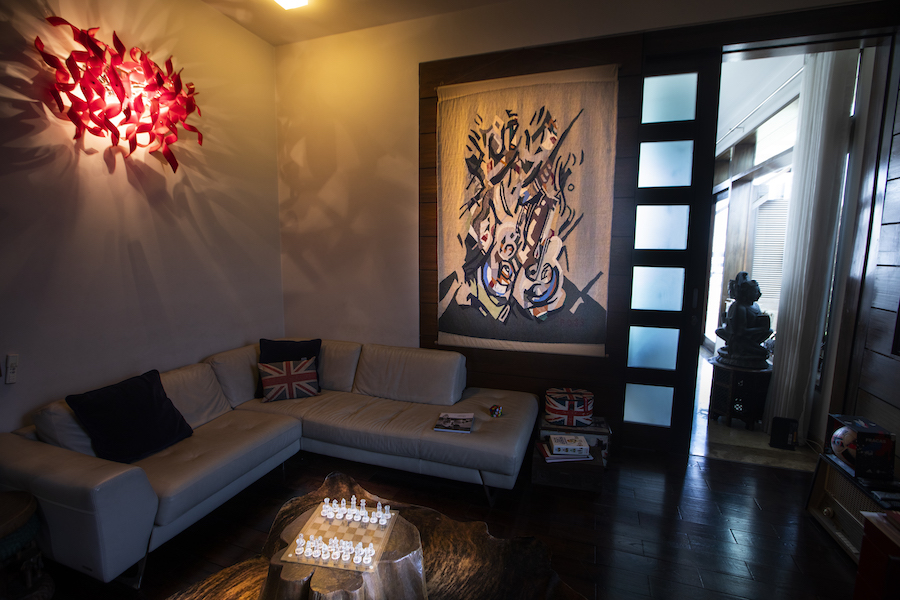
What considerations guide you to make a purchase?
Purchase with passion and with some level of intelligence.
Is there any kind of artwork that can make you write a cheque without any consideration?
There are many on the list, but I would need the support of the US treasury!
What is your most treasured artwork?
All of the works in my collection are special to me and greatly treasured.
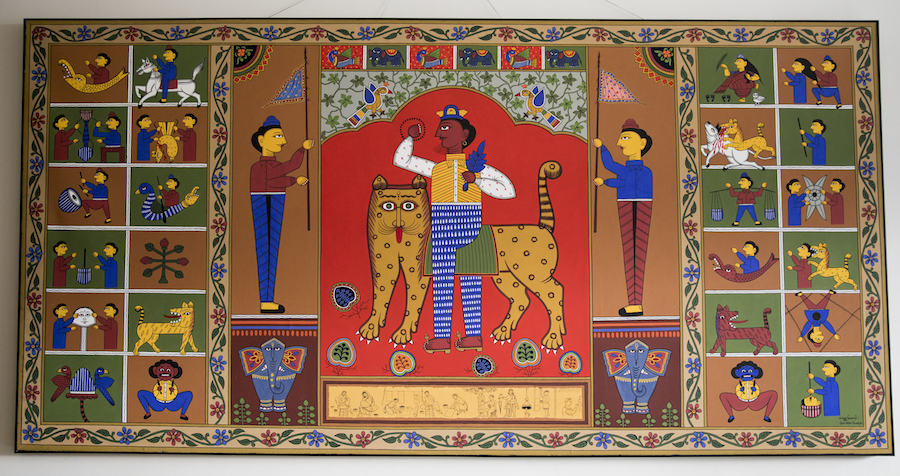
How important is it for you to meet the artists who created the artwork?
Not as important as my connection with the work itself. Some of the Western and South Asian works in my collection are by master modern artists who have long passed, but I still enjoy them greatly. On the other hand, it is always a delight to meet with artists in person and hear about their process first-hand, and I take every opportunity to do so.
What is your advice to young and fresh collectors who are interested in South Asian artists?
Very simply, collect what you love and take the time to learn about the rich cultural heritage of not only the modern masters of South Asian art but also the many exciting emerging artists of the region. That is one of the driving missions of the Durjoy Bangladesh Foundation to bring awareness of South Asian art to international audiences.
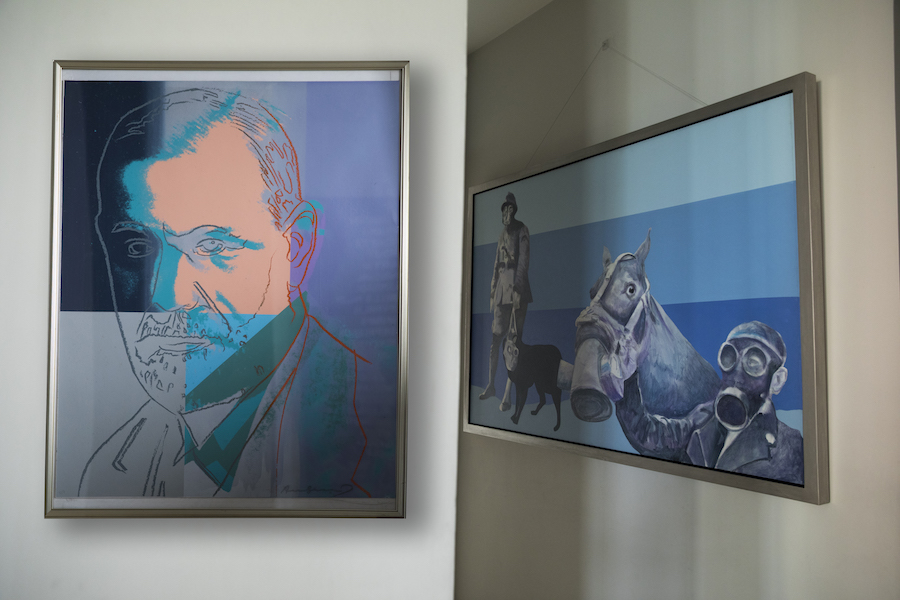
Durjoy Bangladesh Foundation (DBF)
What is your motivation behind establishing the Foundation?
We established DBF in 2018 to promote art and artists from South Asia and beyond in a critical, academic and international cultural context. The Foundation supports artists in creating and producing new works, and to engage art practitioners through relevant exhibitions, publications, commissions and residencies around the world. We hope to foster connection between Asia, Europe and beyond, supporting the ambitions of artists, art practitioners and scholars, who see the world differently and offer alternative views of our surroundings and future. In so doing, we also hope to showcase and promote Dhaka’s cultural scene on the world stage.
Why did you choose to set up the Foundation in both Berlin and Dhaka?
It was important for us to create a bridge between Asia and the West; Berlin is an international art hub that has attracted creative people from around the world, and besides being my home and primary residence, Dhaka is becoming an increasingly important city for art and culture in the region. However, our projects span the world, for example, with Majhi – an
art residency in Venice during the last Biennale, to supporting the “Homelands”, a recent exhibition at Kettle’s Yard in Cambridge University, UK.
There are more and more private museums developing. Is it today necessary to have a private museum? E.g. to get the best artworks?
A private museum is a great way to allow collectors to share their artworks with the public.
What are the exciting programs to look forward to in 2020?
Continuing on the success of DBF’s programs last year, such as the “Homelands”exhibition at Kettle’s Yard and the Majhi Art Residency in Venice, we have plans for an exciting programme of residencies, exhibitions and publications that will be announced soon.
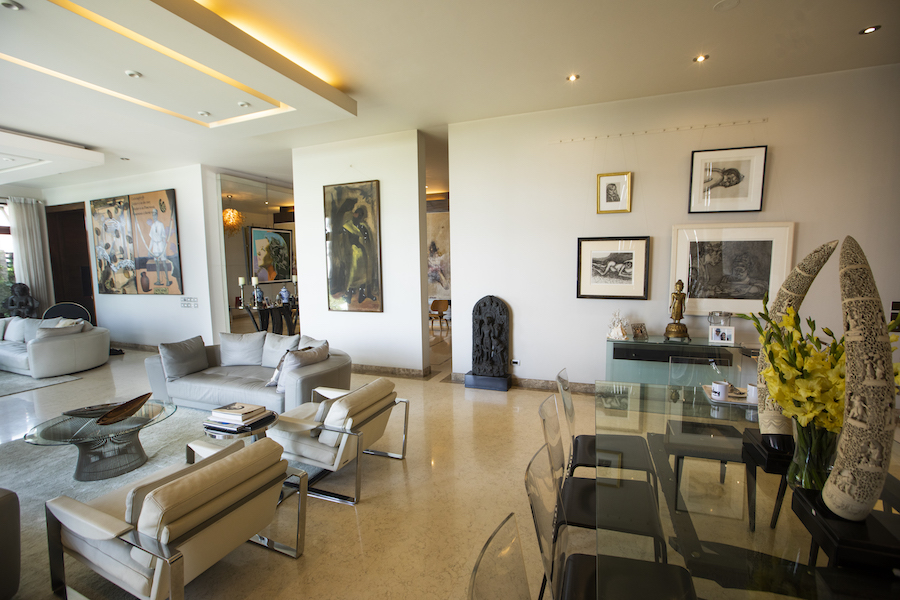
The Art World
Who inspires you the most in the art world?
There is not particularly a single person, but I am always inspired by new ideas and artistic processes that are constantly being innovated around the world.
What do you think about gender inequality in the art world?
I believe woman in art have been very a great influence and some female artists in Asia are as influential, shaping the art practices as their male peer. One of the names is Novera Ahmed (1939 -2015), who was a sculptor and a legend in Bangladesh, and have major influence. I happen to own her largest and most important collection from her career. She has a Museum in France — Musee Novera Ahmed.
Can you name some emerging artists who you think should be on our radar?
Kamruzzaman Shadhin (Bangladesh), Tejosh Halder Josh (Bangladesh), Ayesha Sultana (Bangladesh), Bipasha Hayat (Bangladesh), Serge Attukwei Clottey (Ghana), and Kour Pour (USA).
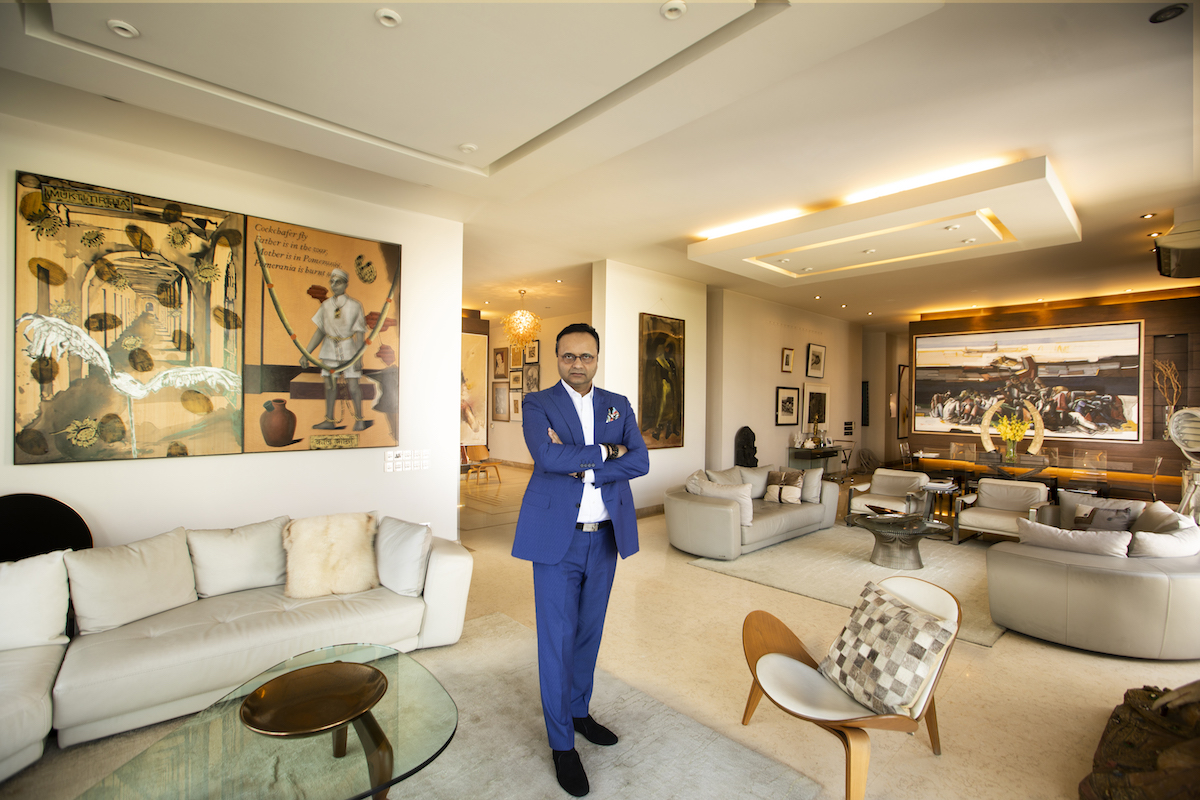
Related: Durjoy Bangladesh Foundation
Instagram: @durjoydhaka
A selection of artists Durjoy collects:
Charles Pachter
Novera Ahmed
Rafiqun Nabi
Rashid Choudhury
Shambhu Acharya
By Ricko Leung





